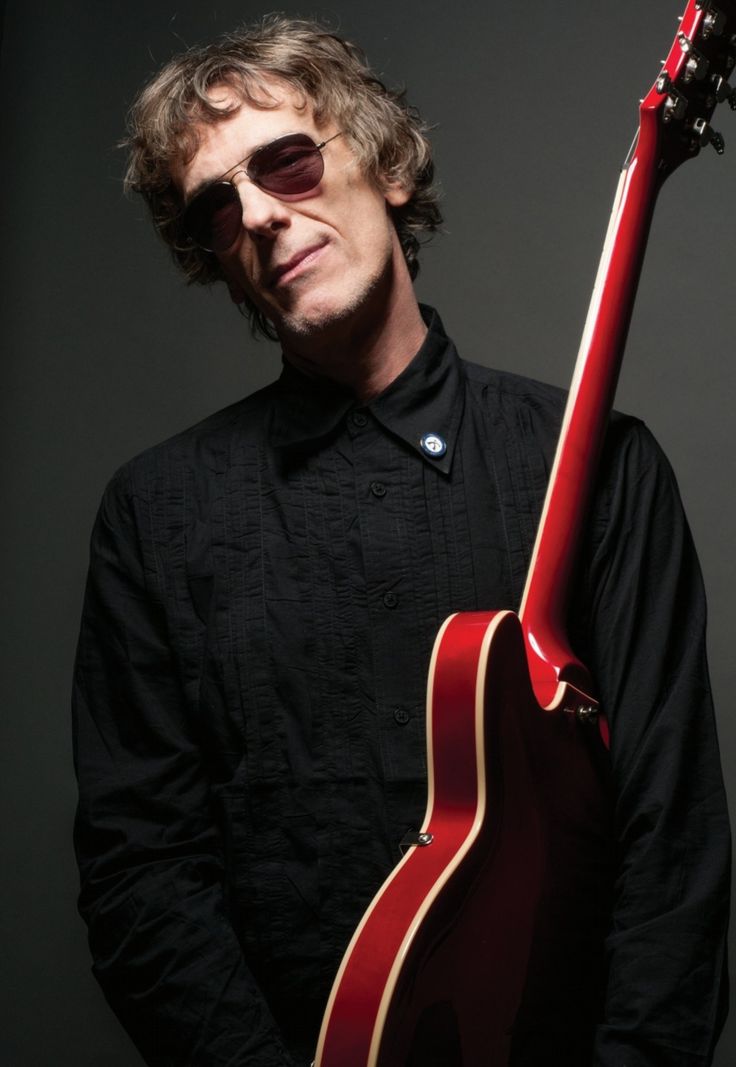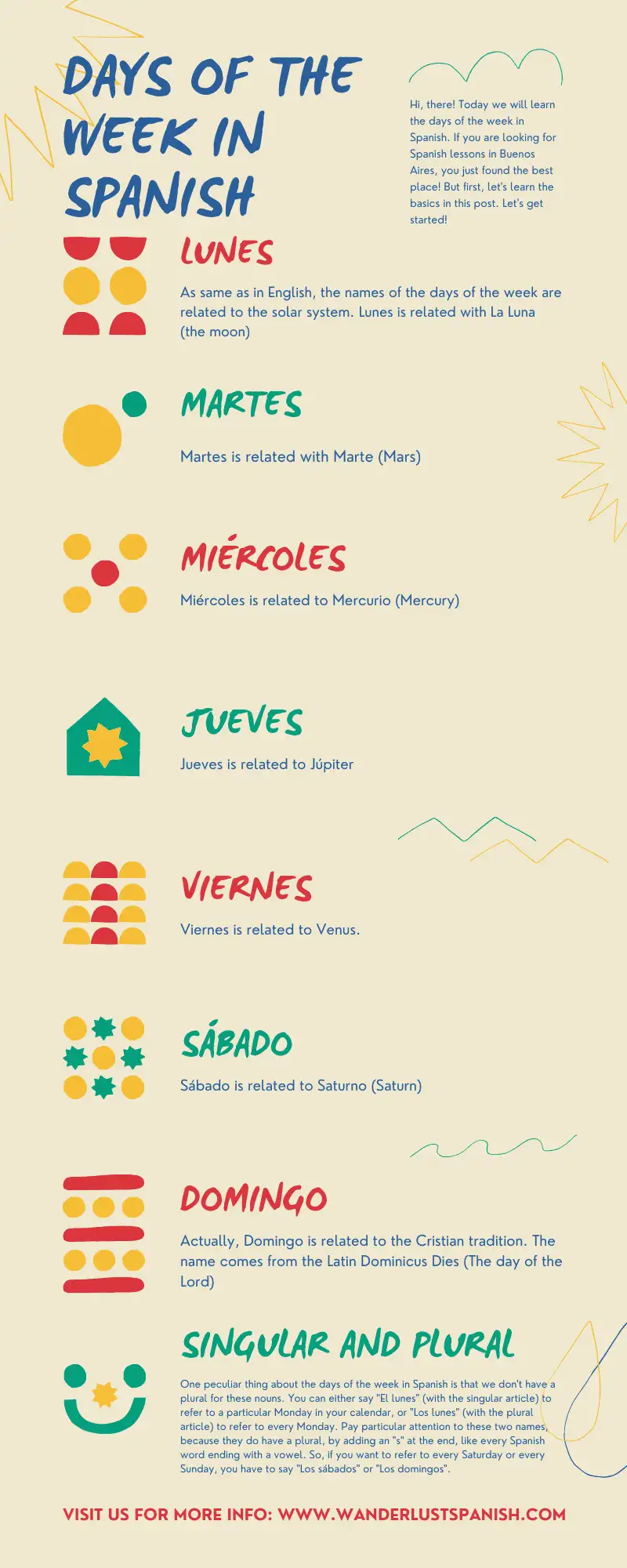Music is one of the most powerful ways to learn a language. It engages your brain, teaches you pronunciation, and immerses you in the culture—all while being a lot of fun! If you’re studying Spanish, especially here with us at Wanderlust in Buenos Aires, diving into the rich world of Argentine music is a perfect way to enhance your learning. In this guide, we’ll explore some of the most influential Argentine artists whose music can help you sharpen your Spanish skills while also giving you a deeper understanding of the culture that surrounds the language.
Why learn spanish through Argentine artists?
Contents
There’s something magical about learning Spanish through music. Lyrics help with vocabulary retention, rhythm improves pronunciation, and songs are a window into cultural nuances that textbooks often miss. With Argentina’s diverse music scene, some so many incredible Argentine artists make learning the language a dynamic and exciting experience. Whether it’s tango, rock nacional, or folk, each genre offers unique insights into Argentina’s vibrant culture.
1. Tango: The heartbeat of Buenos Aires
We can’t talk about Argentine artists without starting with tango, Argentina’s most famous musical genre. Tango is not just music, but a story—a passionate expression of love, loss, and life in the city. By listening to tango, you’ll be diving into the emotional core of Buenos Aires.
Carlos Gardel: The Voice of Tango
No discussion of tango would be complete without mentioning Argentine artist Carlos Gardel. Known as the “King of Tango,” Gardel’s haunting voice and timeless lyrics have made him one of Argentina’s most beloved figures. His songs, such as “El día que me quieras” and “Mi Buenos Aires querido,” are sung in clear and slow Spanish, making them ideal for language learners. Gardel’s music gives you a taste of the early 20th century Buenos Aires, and his smooth, articulate delivery makes it easier for learners to follow along with the lyrics.
Astor Piazzolla: The Innovator
If you’re looking for something more modern but still connected to tango, listen to Argentine artist Astor Piazzolla. Piazzolla revolutionized tango by incorporating elements of jazz and classical music into his compositions. Though many of his works are instrumental, his collaborations with lyricists offer opportunities to immerse yourself in complex, evocative Spanish. Tracks like “Balada para un loco” offer rich, poetic lyrics that challenge your vocabulary and introduce you to the creative side of the Spanish language.
2. Rock Nacional: Argentina’s Soundtrack of Rebellion and Expression
Moving forward in time, Argentine artists in the rock genre created a whole new movement in the 1970s and 80s, known as “Rock Nacional.” These musicians used rock as a means of expressing frustration, hope, and freedom during times of political unrest. Learning Spanish through rock nacional not only helps with language skills but also gives you a deeper connection to Argentina’s modern history and identity.
Charly García: The Pioneer
One of the greatest icons of Argentine music is Argentine artist Charly García. His music spans decades, evolving from rock to symphonic compositions. His sharp, sometimes rebellious lyrics reflect Argentina’s social and political climate, which makes his music a cultural touchstone for anyone looking to understand Argentina beyond the language. Songs like “Los Dinosaurios” and “Nos siguen pegando abajo” are great starting points for Spanish learners, with lyrics that are both profound and poignant.
Soda Stereo: Latin America’s Biggest Band
If you’re a fan of catchy melodies and powerful lyrics, Soda Stereo is another must-listen. Led by Gustavo Cerati, this band became one of the most influential Argentine artists in Latin rock. Their hits like “De música ligera” and “Persiana americana” are upbeat, filled with memorable hooks that make the lyrics stick in your head—perfect for language learners trying to build vocabulary. Cerati’s pronunciation is generally clear, so you’ll be able to follow along while getting swept up in the music.
3. Folklore: Argentina’s musical roots
Argentina’s folklore music is deeply rooted in the country’s history and landscape. Learning Spanish through folklore helps you understand the rich traditions of the regions outside of Buenos Aires. These songs tell stories of the gauchos, indigenous cultures, and rural life.
Mercedes Sosa: The voice of Latin America
One of the most iconic Argentine artists in folk music is Mercedes Sosa. Known as “La Negra,” Sosa’s music is both powerful and politically charged, often addressing social justice and human rights. Songs like “Gracias a la vida” and “Alfonsina y el mar” are sung with such clarity and emotion that they become perfect learning tools for Spanish learners. Her slow, deliberate enunciation and deeply moving lyrics are ideal for practicing comprehension and pronunciation.
Atahualpa Yupanqui: The storyteller of the Pampas
Another essential Argentine artist in the folklore genre is Atahualpa Yupanqui. His music is deeply connected to Argentina’s rural landscape, especially the vast plains of the Pampas. Yupanqui’s songs, such as “El arriero” and “Los ejes de mi carreta,” are simple but profound, making them accessible to language learners while also introducing you to Argentine history and rural life. His music reflects the soul of Argentina’s land and its people, offering a unique cultural context for your Spanish studies.
4. Pop and Contemporary Argentine Artists
If you’re looking for something more modern and radio-friendly, Argentina’s pop scene offers plenty of options for learning Spanish. The music is catchy, upbeat, and full of current slang, giving you an opportunity to learn the language as it’s spoken today.
Lali: Argentina’s Pop Sensation
Lali Espósito, known simply as Lali, is one of Argentina’s biggest pop stars. Her songs, like “Ego” and “Boomerang,” are filled with energetic beats and modern Spanish that appeal to younger audiences. Lali is one of those Argentine artists whose music can help you learn contemporary colloquial Spanish, perfect for keeping up with your Argentine peers. Plus, her music videos are a great way to associate the language with visual cues, making the learning process even more engaging.
Tini: Latin Pop’s Rising Star
Tini Stoessel, another young Argentine artist, has quickly become a pop sensation across Latin America. With hits like “Fresa” and “22,” Tini’s music combines catchy rhythms with easy-to-follow lyrics, making her a great choice for language learners. Her songs often feature collaborations with other Latin American artists, giving you exposure to different Spanish accents and slang from the wider Spanish-speaking world.
Learning Spanish beyond the lyrics: Embrace the Argentine Culture
When learning Spanish through the music of Argentine artists, it’s not just about the words; it’s about the cultural immersion. These artists give you a glimpse into Argentina’s soul, its struggles, its pa
ssions, and its celebrations. Music connects you to the history, values, and dreams of a country that is rich in diversity and creativity.
At Wanderlust, we encourage our students to dive deep into the culture of Argentina as they learn the language. Listening to Argentine artists allows you to practice Spanish in a way that’s authentic, fun, and deeply connected to the world around you here in Buenos Aires. Whether you’re tapping into the nostalgia of tango, the rebellious spirit of rock nacional, the traditions of folklore, or the fresh beats of modern pop, music helps make learning Spanish a more personal and engaging experience.
How to use music to improve your Spanish
Here are a few practical tips for incorporating music into your Spanish learning journey:
- Listen Actively: Don’t just have the music on in the background—focus on the lyrics, try to understand them, and sing along.
- Look Up Lyrics: Many websites offer the lyrics to popular songs. Follow along with the text as you listen to improve your reading and listening comprehension.
- Translate: Take a moment to translate some of your favorite songs. This will help you expand your vocabulary and understand how native speakers use the language in different contexts.
- Create Playlists: Build playlists with your favorite Argentine artists and listen to them regularly. Repetition is key to learning a language, and music makes it enjoyable.
- Watch Music Videos: Music videos can give you visual context that enhances your understanding of the song’s meaning.
Final thoughts: Embrace Argentine Artists as your Spanish teachers
Learning Spanish with the help of Argentine artists is not only an effective method—it’s an enjoyable one. Whether you’re swaying to the rhythm of tango, rocking out to Charly García, or dancing to the latest pop hits, you’re not just memorizing words and phrases—you’re becoming part of the Argentine experience.
At Wanderlust, we believe in learning through immersion, and there’s no better way to immerse yourself in Argentine culture than by diving into its music. So, turn up the volume, let the rhythms of Argentina guide your Spanish learning journey, and enjoy every step of the way. ¡Vamos a aprender juntos!









